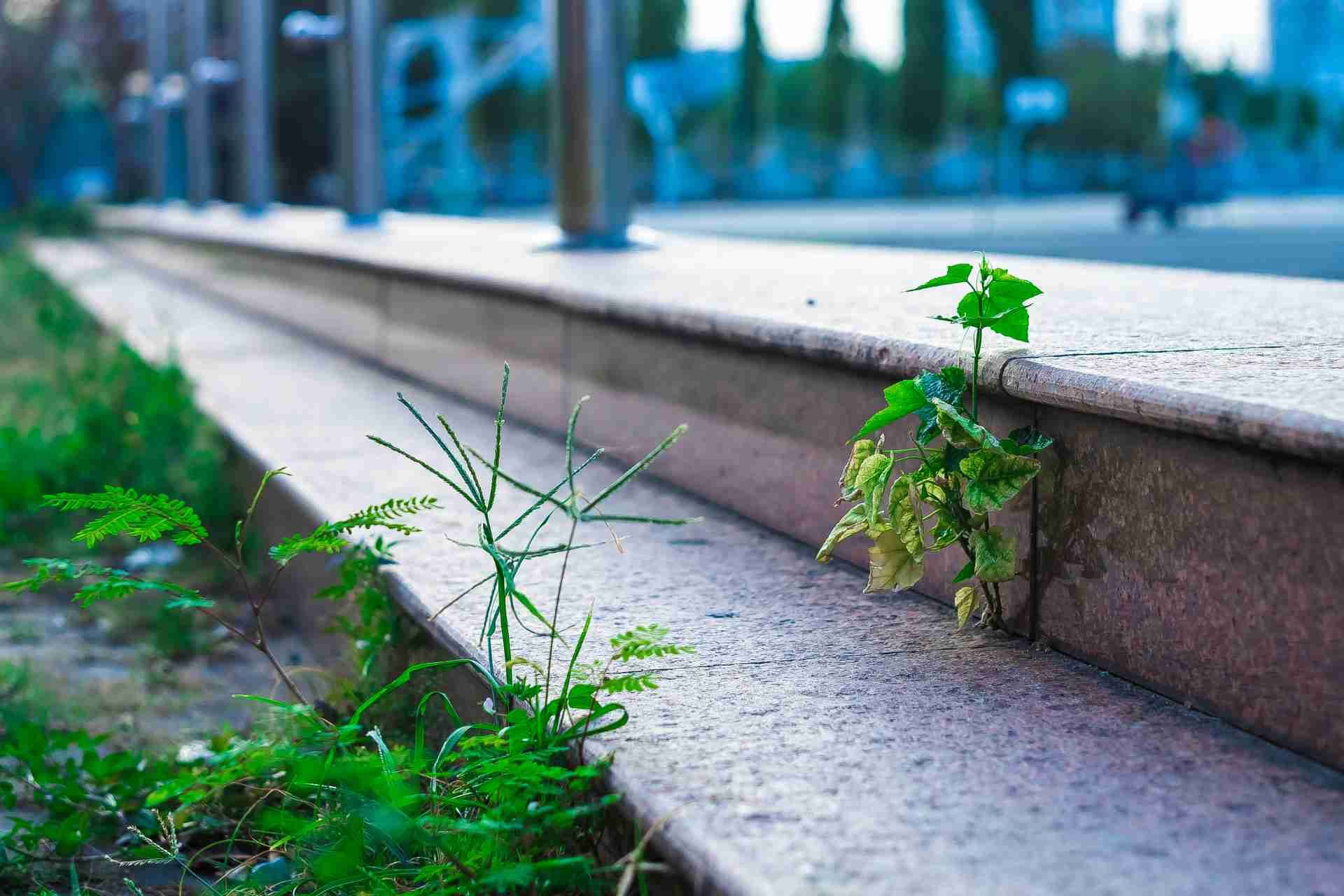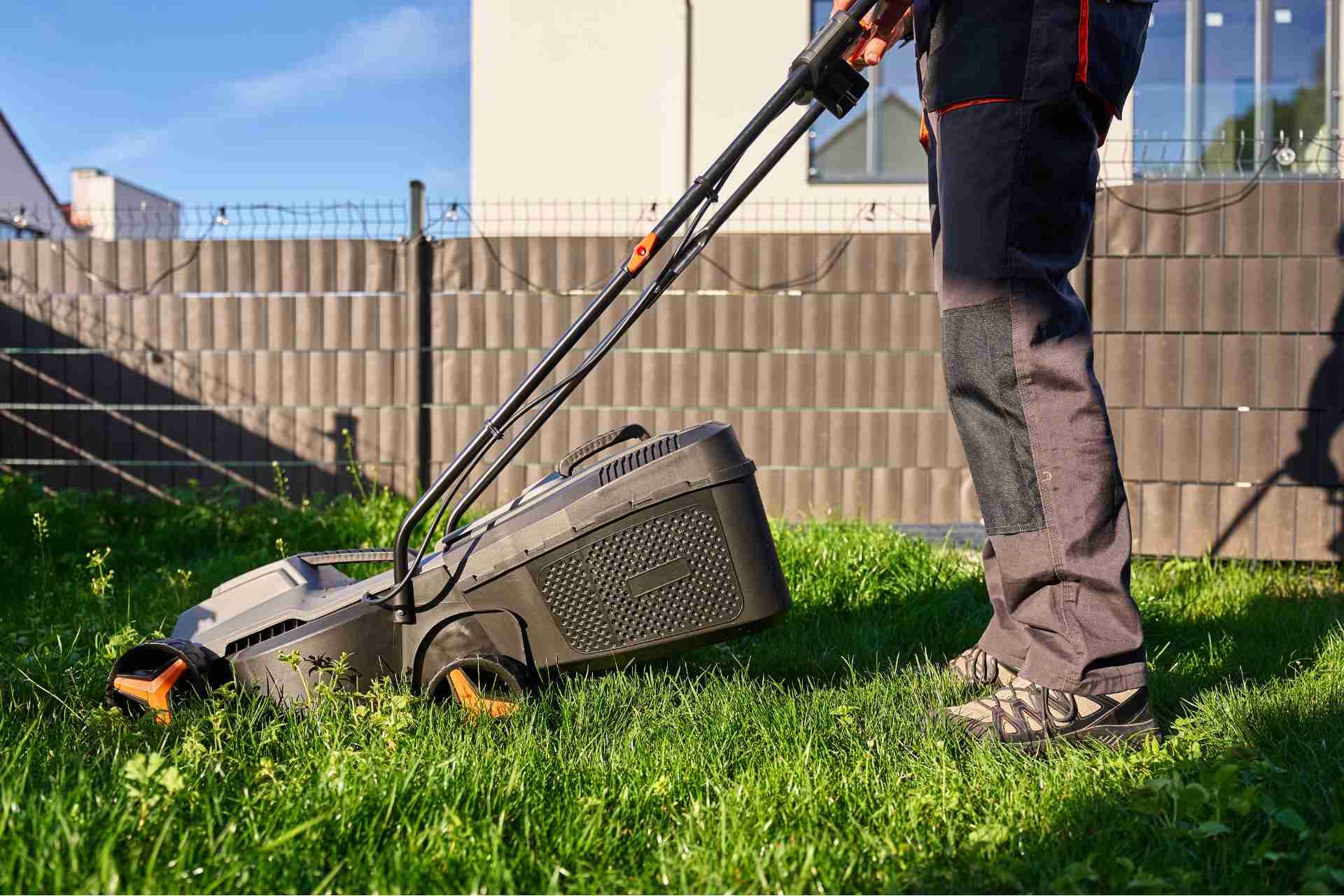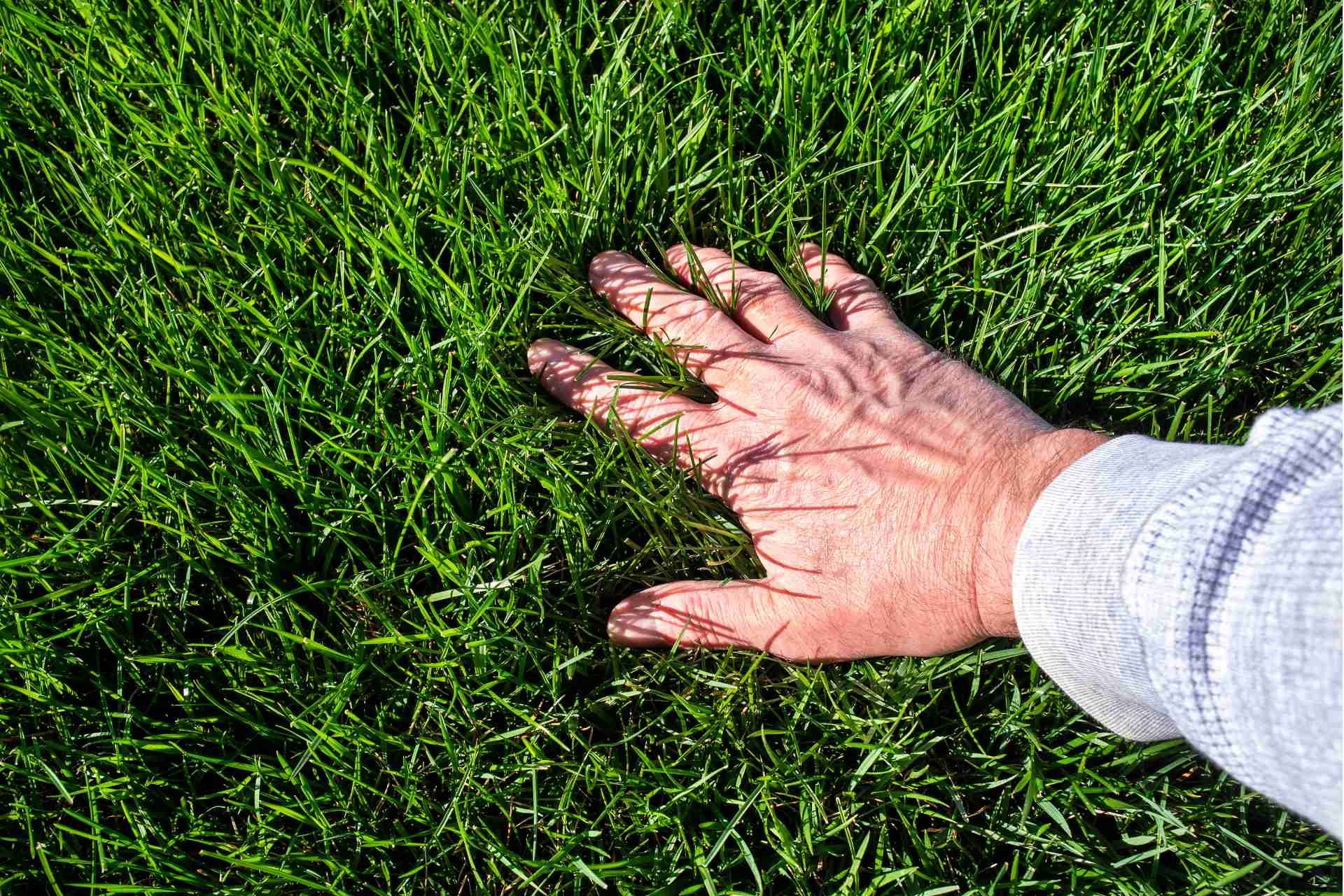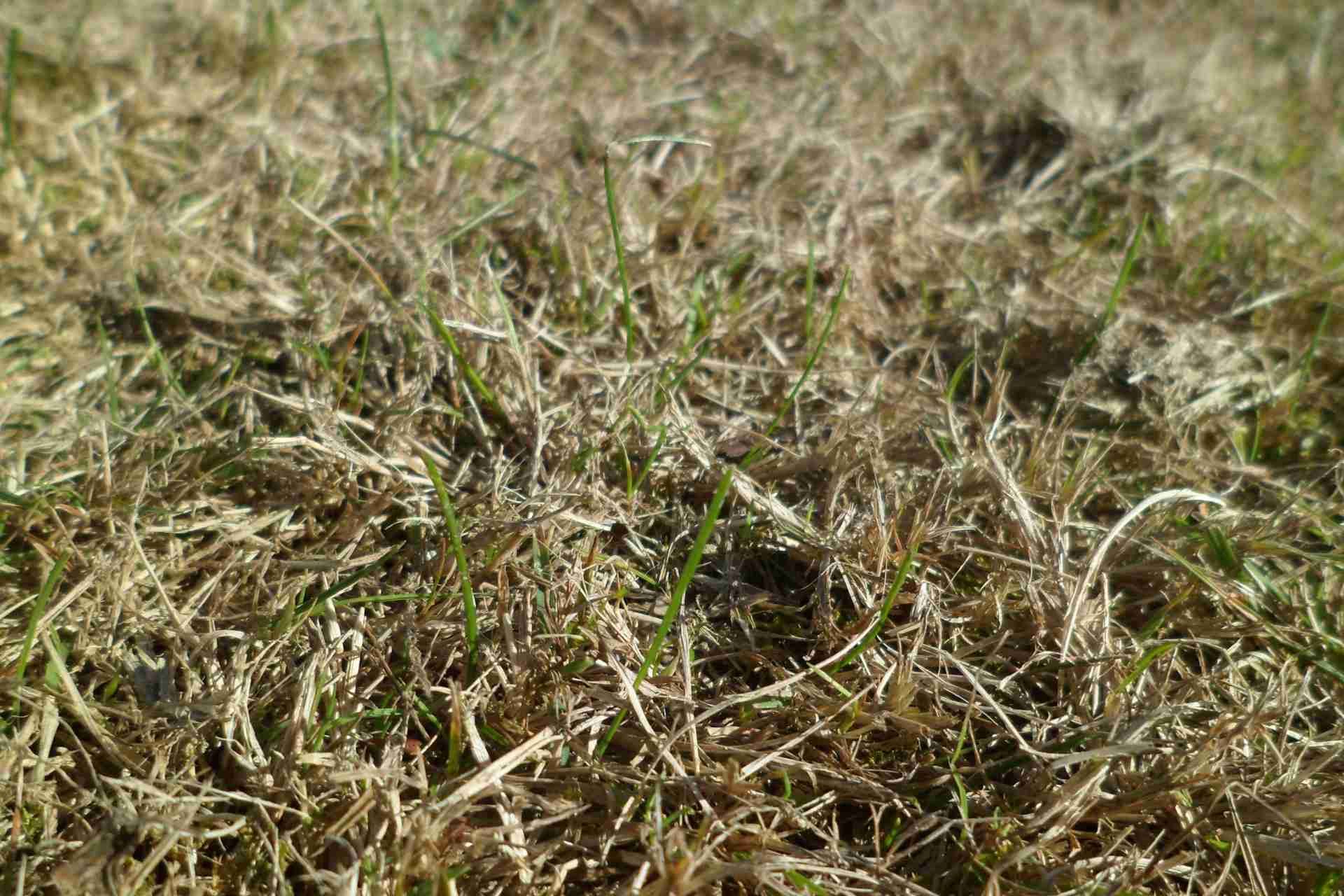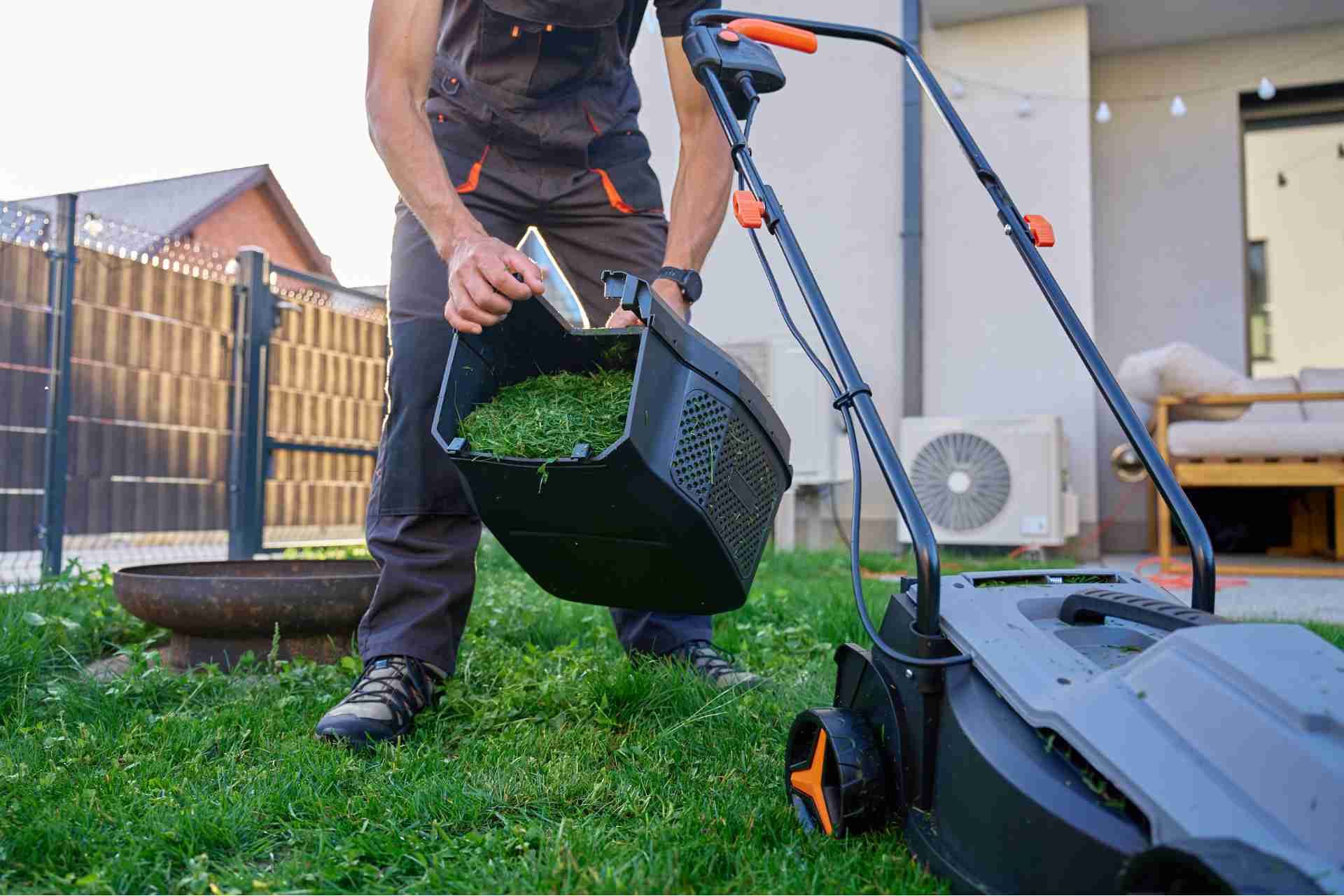Preparing Your Lawn for Texas Summers: Heat-Tolerant Grass and Care Tips

As summer approaches in Texas, it's crucial to prepare your lawn for the heat. Choosing the right grass types can make a significant difference in how well your yard withstands scorching temperatures. Along with selecting heat-tolerant varieties, implementing effective care practices is essential. But what specific steps should you take to ensure your lawn thrives all season long? Let's explore the best strategies for maintaining a lush, green space under the Texas sun.
Understanding Texas Climate and Its Impact on Lawns
When you think about Texas summers, you probably picture scorching temperatures and relentless sun. This intense heat can take a toll on your lawn, leading to dry patches and stressed grass.
The high humidity levels can also create an environment ripe for pests and diseases, making it essential to understand your lawn's needs. Fertile soil and adequate watering are crucial, but timing matters.
Watering early in the morning reduces evaporation, allowing moisture to reach the roots effectively. You'll also want to consider the type of grass you have, as some varieties handle heat better than others.
Benefits of Heat-Tolerant Grass Varieties
Choosing heat-tolerant grass varieties can significantly enhance your lawn's resilience during Texas summers.
These grasses thrive in high temperatures and require less water, helping you save on irrigation costs. You'll notice they maintain their lush appearance even when the heat is intense, reducing the chances of brown patches.
Additionally, heat-tolerant grasses are often more resistant to pests and diseases, meaning less time and money spent on treatments. They adapt well to the local soil conditions, promoting healthy growth without excessive maintenance.
Top Heat-Tolerant Grass Types for Texas
As summer temperatures soar in Texas, selecting the right grass type becomes crucial for maintaining a healthy lawn.
Bermuda grass is a top choice due to its drought resistance and ability to withstand heavy foot traffic. Zoysia grass is another great option, offering a lush appearance while thriving in heat and requiring less water.
If you prefer a shade-tolerant variety, consider Fescue grass, which can handle the Texas sun while still flourishing in partially shaded areas.
Buffalo grass is perfect for low-maintenance lawns, as it needs minimal watering and mowing.
Each of these grasses provides unique benefits, so think about your lawn's specific needs and choose the one that best fits your lifestyle and landscape.
Preparing Your Soil for Planting
To ensure your lawn thrives in the Texas heat, preparing your soil properly is essential. Start by testing your soil's pH and nutrient levels; you can find test kits at local garden centers. Amend your soil as needed, adding organic matter like compost to improve drainage and nutrient content.
Break up compacted soil with a tiller or garden fork, making it easier for roots to grow. Consider incorporating sand if your soil is heavy clay, which helps with aeration. Lastly, level the soil to prevent water pooling, which can lead to mold or disease.
With well-prepared soil, your heat-tolerant grass will have a solid foundation to flourish through those scorching Texas summers.
Proper Watering Techniques for Summer
With your soil prepared, the next step is mastering your watering techniques to keep your lawn healthy during the sweltering Texas summer.
Aim to water deeply but infrequently, allowing the moisture to penetrate the roots. Early morning is the best time; it minimizes evaporation and fungal growth. Aim for about 1 to 1.5 inches of water per week, including rainfall. Use a rain gauge to measure your lawn's needs accurately.
When watering, focus on the roots, not the blades; this encourages deep growth. Avoid watering in the evening, as this can lead to disease.
Lastly, consider using a soaker hose or drip irrigation for efficient watering, ensuring your grass stays hydrated without wasting water.
Fertilization Tips for a Thriving Lawn
While keeping your lawn hydrated is crucial, fertilization plays a vital role in promoting robust growth and vibrant color during the hot Texas summers.
To ensure your grass thrives, choose a slow-release fertilizer with a balanced ratio of nitrogen, phosphorus, and potassium. Apply it in early spring, just as your grass begins to green up, and again in late summer to support its endurance.
Always follow the recommended application rates to avoid burning your lawn. Remember to water your grass after fertilizing; this helps the nutrients penetrate the soil.
Keep an eye on your lawn's color and growth—if it starts to look pale or sluggish, consider a light feeding to boost its health.
Mowing Practices to Enhance Grass Health
Proper mowing practices are essential for maintaining a healthy lawn, especially during the scorching Texas summers.
First, set your mower blade to the right height—typically, 2.5 to 4 inches for heat-tolerant grasses. This helps promote deeper root growth and shade the soil, reducing moisture loss.
Mow often enough to remove only one-third of the grass height at a time; this minimizes stress on the grass. Keep your mower blades sharp, as dull blades can tear the grass, leading to disease.
Lastly, vary your mowing pattern each time to prevent soil compaction and encourage upright growth.
Managing Weeds in Hot Weather
Even the healthiest lawns can face challenges from weeds, especially during the hot Texas summers. To keep your lawn looking its best, you'll need a proactive approach.
Start by regularly inspecting your yard for any signs of weeds and pull them out by hand before they spread. Consider using a pre-emergent herbicide in early spring to prevent weed seeds from germinating.
If you spot stubborn weeds, spot-treat them with a targeted post-emergent herbicide, ensuring you follow the label instructions closely.
Aeration and Overseeding for Resilience
To ensure your lawn stays resilient during the sweltering Texas summers, aeration and overseeding are essential practices that can significantly enhance its health.
Aeration involves perforating the soil with holes to improve air, water, and nutrient flow to the roots. This process relieves compaction, allowing your grass to thrive even in high heat.
Once aerated, overseeding helps introduce new, heat-tolerant grass varieties that can withstand the harsh summer conditions. By spreading seeds across your lawn, you encourage denser growth and fill in any bare spots.
Aim to aerate in early spring or fall and overseed shortly after. With these steps, you'll create a lush, resilient lawn that can endure Texas summers with ease.
Seasonal Lawn Care Checklist for Texas Summers
After you've aerated and overseeded your lawn, it's time to focus on ongoing care as the Texas summer heats up.
Start by watering deeply and less frequently, aiming for about one inch per week. This encourages deep root growth.
Mow your grass at a height of 3 to 4 inches to shade the soil and retain moisture.
Apply a slow-release fertilizer to provide essential nutrients without burning the grass.
Keep an eye out for pests and treat any infestations promptly.
Additionally, consider using a mulch layer to help retain soil moisture.
Finally, don't forget to regularly check for weeds and remove them to ensure your lawn stays healthy and vibrant throughout the scorching summer months.
Conclusion
By choosing heat-tolerant grass and following smart care practices, you can keep your lawn thriving through the Texas summer heat. Remember to water deeply but infrequently, mow regularly, and manage weeds effectively. Don't forget to aerate and overseed as needed to maintain resilience. With the right preparation and care, you'll enjoy a lush, green lawn that stands up to the scorching sun. Embrace these tips, and your outdoor space will flourish all season long!

